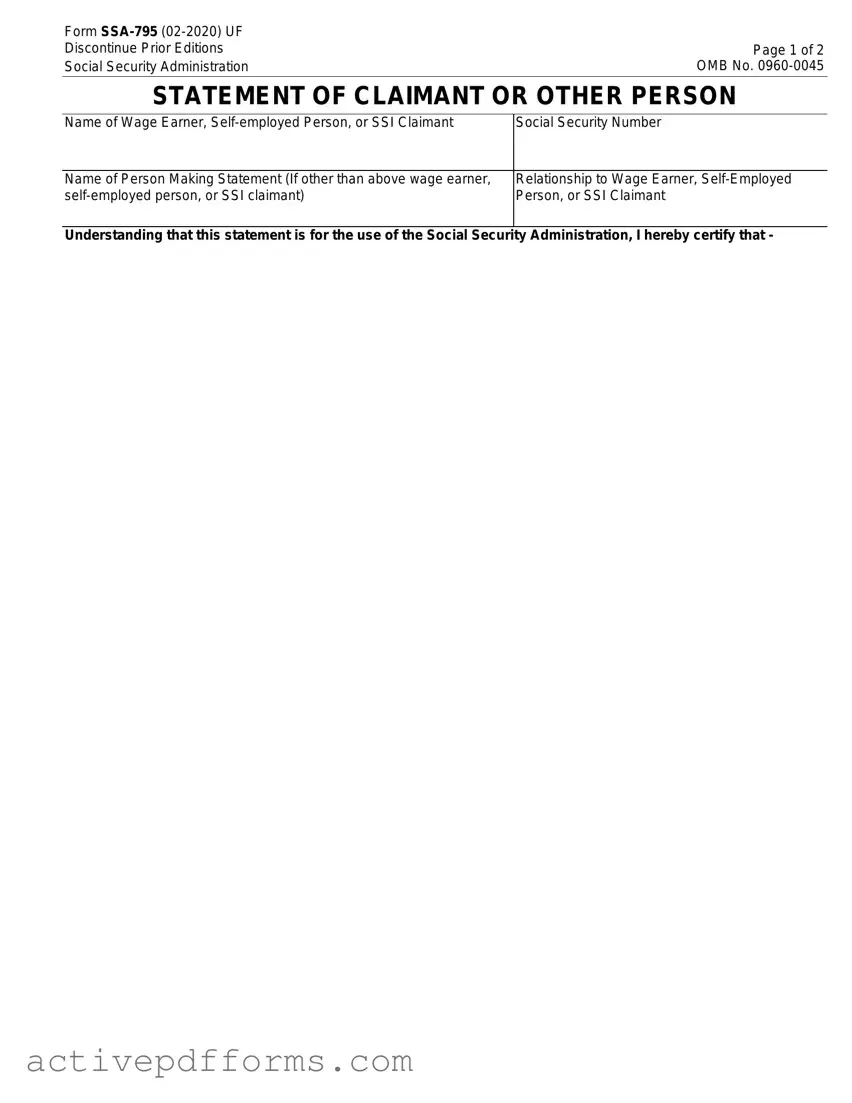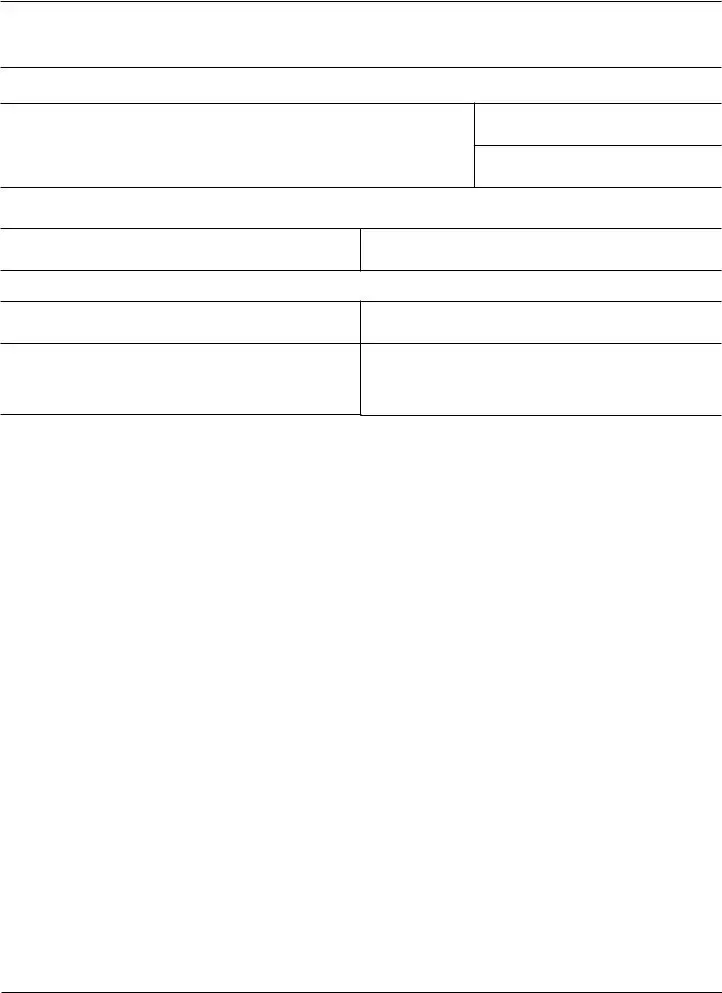Privacy Act Statement
Collection and Use of Personal Information
Section 205 of the Social Security Act, as amended, allows us to collect this information. Furnishing us this information is voluntary. However, failing to provide all or part of the information may affect our ability to properly adjudicate claims or resolve entitlement and eligibility issues.
We may use the information to make a determination on program or non-program related matters. We may also share the information for the following purposes, called routine uses:
•To contractors and other Federal agencies, as necessary, for the purpose of assisting SSA in the efficient administration of its programs; and,
•To student volunteers and other workers, who technically do not have the status of Federal employees, when performing work for SSA as authorized by law, and they need access to personally identifiable information in SSA records in order to perform their assigned Agency functions.
In addition, we may share this information in accordance with the Privacy Act and other Federal laws. For example, where authorized, we may use and disclose this information in computer matching programs, in which our records are compared with other records to establish or verify a person's eligibility for Federal benefit programs and for repayment of incorrect or delinquent debts under these programs.
A list of additional routine uses is available in our Privacy Act System of Records Notices (SORN) 60-0089, Claims Folders System, as published in the Federal Register (FR) on April 1, 2003, at 68 FR 15784, 60-0090, Master Beneficiary Record, as published in the FR on January 11, 2006, at 71 FR 1826, and 60-0103, Supplemental Security Income Record and Special Veterans Benefits, as published in the FR on January 11, 2006, at 71 FR 1830. Additional information, and a full listing of all of our SORNs, is available on our website at https://www.ssa.gov/privacy.
Paperwork Reduction Act Statement - This information collection meets the requirements of 44 U.S.C. § 3507, as amended by section 2 of the Paperwork Reduction Act of 1995. You do not need to answer these questions unless we display a valid Office of Management and Budget control number. We estimate that it will take about 60 minutes to read the instructions, gather the facts, and answer the questions. SEND OR BRING THE COMPLETED FORM TO YOUR
LOCAL SOCIAL SECURITY OFFICE. You can find your local Social Security office through SSA's website at www.socialsecurity.gov. Offices are also listed under U. S. Government agencies in your telephone directory or you may call Social Security at 1-800-772-1213 (TTY 1_800-325-0778). You may send comments regarding this burden estimate or any other aspect of this collection, including suggestions for reducing this burden to: SSA, 6401
Security Blvd, Baltimore, MD 21235-6401. Send only comments relating to our time estimate to this address, not


